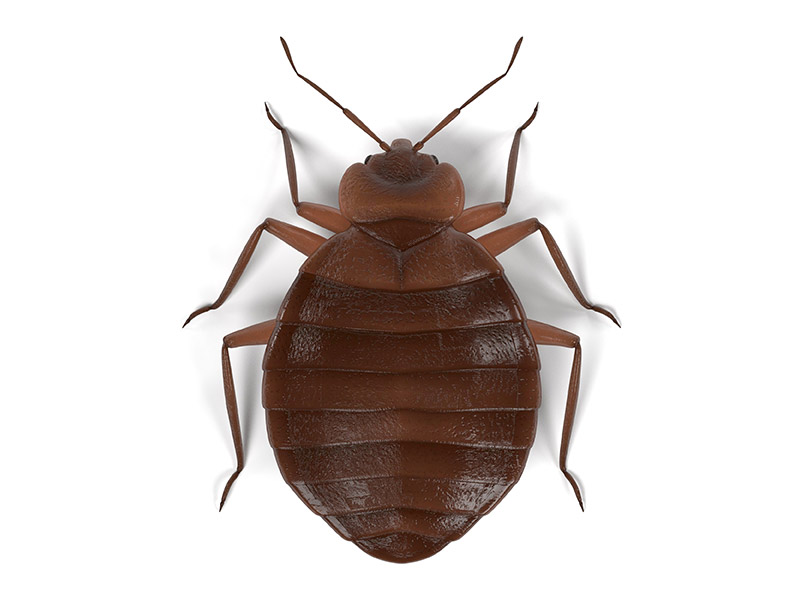Reliable Pest Control to keep your home pest-free all year long.
Reliable Pest Control to keep your home pest-free all year long.
Blog Article
Eco-Friendly Parasite Control Approaches for Managing Wild Animals in Urban Locations
Urban areas typically discover themselves at the crossway of human activity and wild animals, leading to one-of-a-kind obstacles in bug administration. These methods not only safeguard the atmosphere however also enhance area interaction in wildlife management. As urban populaces proceed to grow, understanding the characteristics of wild animals communications comes to be increasingly vital.
Comprehending Urban Wildlife Dynamics
Recognizing Urban Wild animals Dynamics is important for developing reliable and environment-friendly bug control strategies. Urban areas are increasingly coming to be habitats for numerous wildlife varieties, driven by aspects such as habitat fragmentation, food availability, and human advancement. Recognizing these characteristics enables a nuanced approach to pest monitoring that lines up with ecological concepts.
Urban wildlife often includes varieties such as raccoons, squirrels, and birds, which adapt to city settings, finding particular niches in eco-friendly areas, parks, and even houses. Their visibility can result in problems with humans, especially when they manipulate human sources for food and shelter. Comprehending the actions and ecological functions of these varieties informs techniques that decrease negative communications while advertising biodiversity.
Moreover, recognizing the interdependencies within city communities aids in identifying essential locations for habitat preservation and remediation. This expertise adds to the development of integrated insect management (IPM) methods that take into consideration the eco-friendly equilibrium, thereby decreasing dependence on harmful chemicals. By promoting conjunction in between human beings and city wild animals, cities can create healthier atmospheres that profit both citizens and neighborhood ecological communities, paving the way for lasting urban living.
Natural Repellents and Deterrents
Natural repellents and deterrents provide a sustainable option to traditional insect control methods by taking advantage of the power of nature to maintain undesirable types at bay. These environment-friendly remedies generally use plant-based components, vital oils, and other naturally happening compounds that prevent bugs without harming the environment.
One reliable all-natural repellent is peppermint oil, which is understood to ward off rodents and insects. Its solid fragrance is unpleasant to numerous pests, making it a preferred selection for city settings. Similarly, vinegar and citrus peels can function as deterrents, as their solid smells are typically unappealing to numerous wildlife.
In addition, diatomaceous earth is an all-natural powder that can be spread in areas susceptible to insect task, successfully dehydrating and preventing bugs without posing risks to non-target varieties. Garlic sprays and neem oil are acknowledged for their capacity to push back a large range of bugs, including both insects and larger wild animals.
Carrying out these natural repellents not only lowers reliance on chemical pesticides yet also promotes a healthier metropolitan community, cultivating a more well balanced conjunction between human beings and wildlife. By using these strategies, urban locations can effectively handle pest populaces while decreasing ecological influence.
Habitat Modification Methods
Reliable environment modification strategies play an important function in lasting pest management by altering the environment to make it less for pest problems. By understanding the ecological characteristics of metropolitan areas, residential or commercial property owners can carry out critical alterations that hinder insects while promoting biodiversity.
(Exclusion Pest Control)One primary method entails maintaining appropriate sanitation. This includes normal waste elimination, securing trash containers, and removing standing official site water to lower breeding websites for pests and rodents. Furthermore, landscape design techniques such as selecting native plants can boost ecological balance, offering environments for beneficial microorganisms while decreasing resources for parasites.
One more essential method is to seal entrance points in buildings. Inspecting and repairing fractures in structures, wall surfaces, and windows can considerably reduce parasite accessibility. Furthermore, producing physical barriers, such as fences or plant barriers, can hinder wildlife movement right into human-inhabited locations.
Integrated Insect Monitoring Practices
Building upon environment adjustment techniques, incorporated bug monitoring (IPM) techniques provide a holistic strategy to regulating insect populaces while lessening environmental impact. IPM integrates various approaches, including organic, cultural, mechanical, and chemical controls, to achieve reliable bug management.
Biological control involves the introduction of all-natural predators or bloodsuckers to minimize pest populaces. Cultural methods, such as plant rotation and hygiene, interrupt pest life cycles and reduce their habitats - Pest Control. Mechanical controls, like catches and barriers, supply immediate alleviation from bug stress without chemical intervention
Chemical controls are made use of as a last resource, focusing on targeted applications that restrict damage to non-target types and the setting. The choice of eco-friendly pesticides, when necessary, is essential to the IPM framework. Additionally, checking pest populations and analyzing possible damages helps notify decision-making, guaranteeing that treatments are prompt and reliable.
Community Involvement and Education And Learning

(Misting Systems Pest Control)Workshops and informative sessions can outfit residents with understanding concerning indigenous species, habitat preservation, and effective safe parasite management methods. Partnership with colleges, neighborhood organizations, and government firms better enhances educational outreach, making sure that essential information reaches varied target markets.
Moreover, community-led initiatives, such as community clean-up days and habitat repair jobs, not just advertise biodiversity but also enhance area connections. Pest control service. By urging residents to share their experiences and monitorings, communities can establish targeted methods that attend to certain neighborhood bug concerns
Including responses from residents right into parasite monitoring prepares allows a much more responsive and adaptive method to wildlife challenges. Ultimately, educated and involved neighborhoods are essential to attaining long-lasting success in green parasite control, bring about much healthier metropolitan environments that respect both human and eco-friendly needs.

Conclusion
To conclude, eco-friendly bug control approaches deal sustainable remedies for managing city wildlife. By focusing on habitat alteration, using all-natural repellents, and executing incorporated pest monitoring practices, neighborhoods can foster an unified conjunction with local animals. Furthermore, involving homeowners through education boosts awareness and motivates liable wildlife interactions. Eventually, these approaches not only secure biodiversity yet also promote environmental wellness, ensuring urban areas stay vibrant environments where human beings and wild animals grow together.
Report this page